Spice up your life with herbal education!
Ready to turn your curiosity into kitchen magic? The People’s Medicine Course is your year-long, bite-sized adventure into herbalism—one herb at a time. Learn, grow, and make medicine without the overwhelm, using plants that are practical and powerful. Simple, soulful, and rooted in tradition.
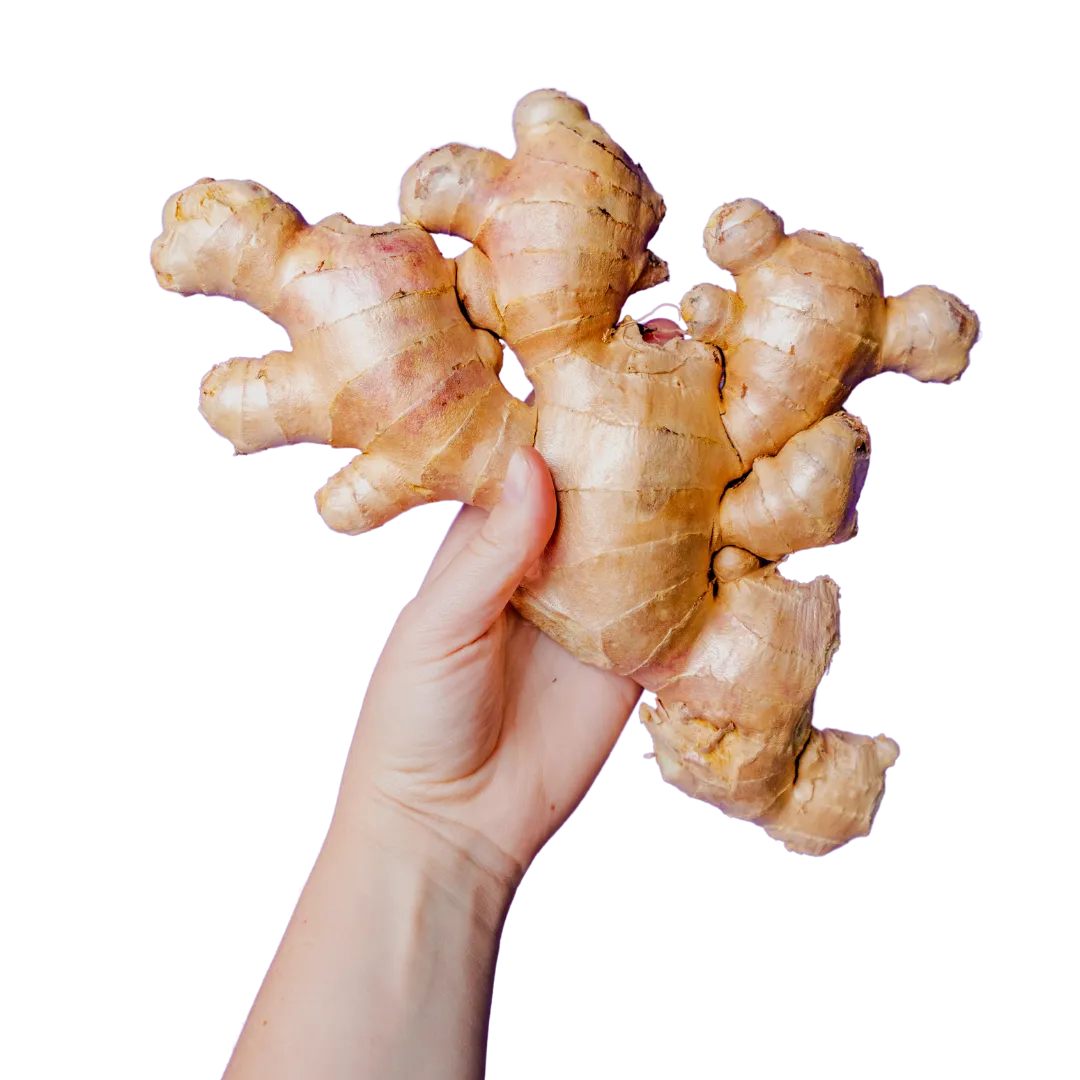
About Your Instructor
Lily Kunning
Botanical Badass
Your guide on this journey is Lily Kunning—clinical herbalist, educator, and the lead formulator behind Haven Herbs. With years of experience both in the classroom and in clinical practice, Lily blends practical know-how with deep plant wisdom. She created this course to help people access herbal knowledge in a way that’s approachable, empowering, and rooted in real-world use.
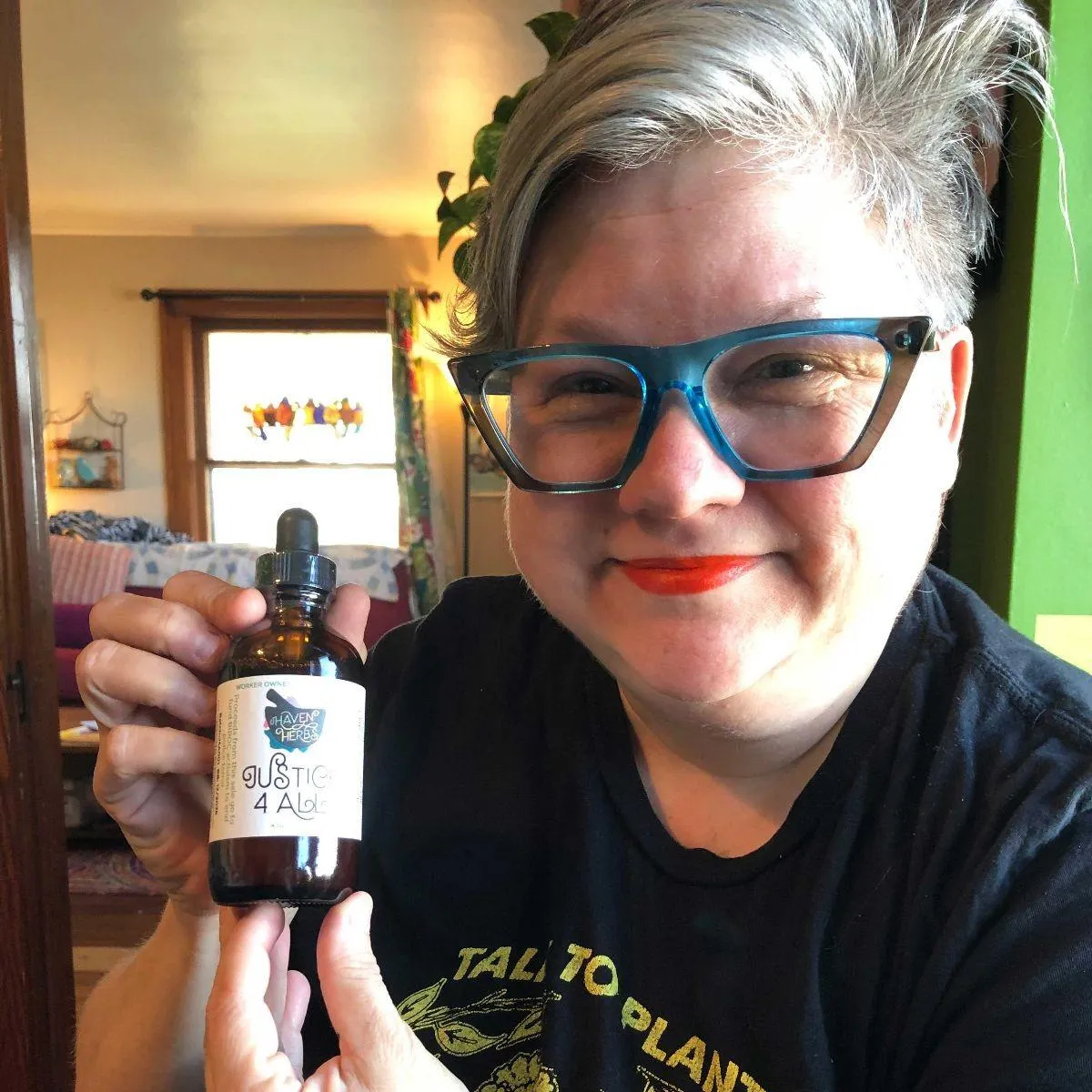
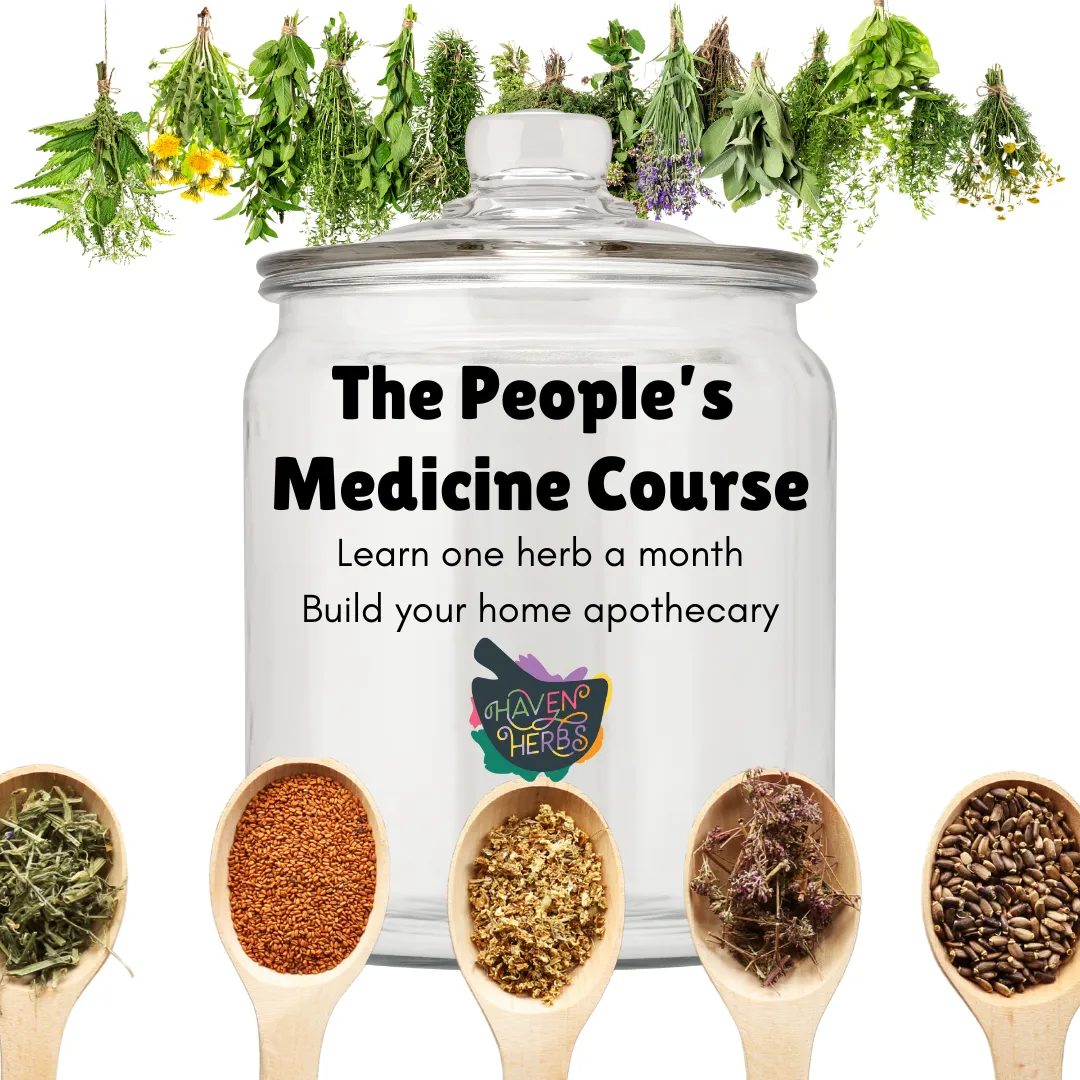
The People's Medicine is affordable!
Two ways to pay!
Discounted one time payment, or installments!
We work to make learning herbalism affordable. If you want to pay in one lump sum of $300, you pay less. If you need payment options, we can enroll you for 6 payments of $55.
Contents
Hello, and How to Take This Course!
Each month, you’ll receive an in-depth e-book focused on one versatile, easy-to-grow herb. These guides cover identification, herbal actions, energetics, history, folklore, contraindications, and more—everything you need to understand the plant inside and out.
But the magic doesn’t stop at reading. Every week, you'll unlock a new hands-on lesson that brings the month’s herb to life. You’ll learn how to identify it in the wild or garden, make medicine, cook with it, and explore creative ways to use it in your everyday life. These practical lessons build your skills and deepen your relationship with the plants—one leaf, root, or flower at a time.
By the end of the year, you'll have built a solid herbal foundation, a collection of handmade remedies, and a lasting connection to 12 powerful, accessible herbs.
Unit One: Dandelion
Welcome to your first herb, Dandelion! This ubiquitous plant seems to be everywhere (and many times where we do not want it to be), but that's a GOOD THING, I assure you! Dandelion is such a valuable plant that it was brought here by European settlers- virtually all parts of the plant are useful to humans, pollinators, and other animals!

Unit Two: Yarrow
Welcome to your second month! For the next 30 days, we are getting to know Yarrow. You may not be familiar with Achillea Millefolium, but you should be! It is western herbalism canon- and you will soon see why! So many ways to use it!

Unit Three: Stinging Nettle
For the next 30 days, we are getting to know Stinging Nettle. You may not be familiar with Urtica Dioca, or maybe you see it as a nuisance plant. After all, it stings you if you brush against it (but grasp it tightly and it is less likely to leave a rash).
"Leaders grasp nettles." -David Ogilvy

Unit Four: Goldenseal
Welcome to month four! For the next 30 days, not only will be talking about Goldenseal (Hydrastis canadensis), but using the plant to teach us about conservation, wildcrafting ethics, and when NOT to use a plant. Objective: Learning about endangered plants and wildcrafting ethics.
Hint: Keep your herbalist's glossary (available in your intro unit) nearby as you read and study!
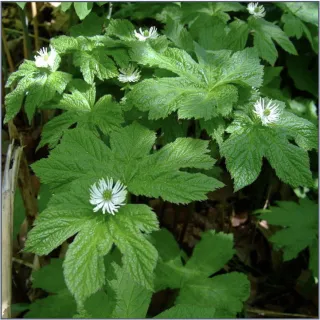
Unit Five: Lemon Balm
"Melissa officinalis dispels melancholy and uplifts the spirit". - Culpeper
Welcome to month five of your People's Medicine Course! This month you are in for a treat, because our herb this month is that culinary, cocktail, medicinal wonder, Lemon Balm (Melissa officinalis)!
“It causeth the Mind and Heart to becom merry, and reviveth the Heart fainting to foundlings, especially of such who are overtaken in their sleep, and driveth away al troublesome cares and thought…”. -Serapio
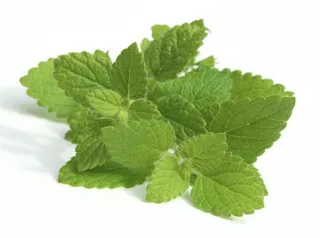
Unit Six: Mint
Welcome to month six of your People's Medicine Course! Last month we introduced you to Lemon Balm, which is in the Mint family. Now we dive into Mint (Mentha spp) itself in all its diversity. Like Lemon Balm, it is used in culinary and medicinal applications (and will grow a little too well anywhere you put it, ahem).
"As for the garden of mint, the very smell of it alone recovers and refreshes our spirits, as the taste stirs up our appetite for meat," - Pliny the Elder
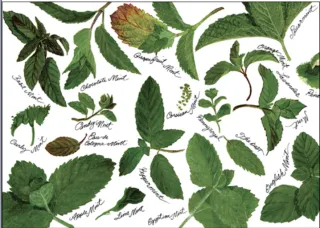
Unit Seven: Chamomile
Welcome to month seven of your People's Medicine Course! Many people think they are familiar with Chamomile, because they have bought packets of bagged "tea" at the supermarket. If that is your only exposure to this amazing herb, you have NOT experienced Chamomile! Chamomile tastes floral, of apple and honey and butter when it is fresh or picked fresh and dried properly.
"Like a camomile bed; The more it is trodden; The more it will spread" - Common rhyme, English Folklore
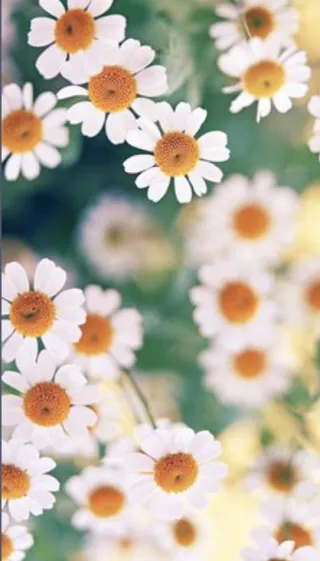
Unit Eight: Tu
Welcome to month seven of your People's Medicine Course! This month we meet Tulsi (Ocimum tenuiflorum), aka Holy or Sacred Basil.
As an Ayurvedic herb only recently introduced into the western herbalism canon, this is our first herb without a Commission E monograph!
“Wherever Tulsi grows there is no misery. She is the holiest of the holy. Wherever the breeze blows her fragrance there is purity. Vishnu showers blessing on those who worship and grow Tulsi. Tulsi is sacred because Brahma resides in the roots, Vishnu resides in the stems and leaves and Rudra resides in the flowering tops.........”- Baghvad Gita
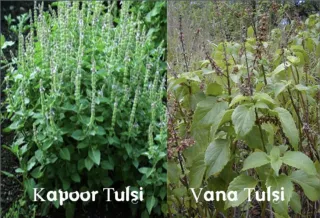
Unit Nine: Rose
For the next 30 days, we are getting to know Rose (Rosa spp). Most people are only familiar with Rose varieties grown for bouquets, which are NOT what we are referring to here. The same roses grown for scent (for perfumes and essential oils) are also ones we can use for medicine.
“A rose, bent by the wind and pricked by thorns, yet has its heart turned upwards”- Huna of Babylon
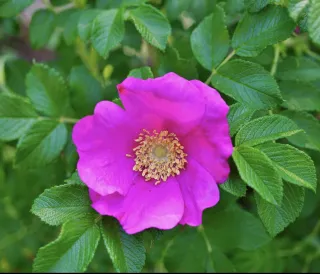
Unit Ten: Motherwort
For the next 30 days, we are getting to know Motherwort (Leonurus cardiaca). Few people use Motherwort other than herbalists- but it grows almost anywhere and has myriad uses! It is a plant you should get to know!
“...It makes Women joyful Mothers of Children, and settles their Wombs as they should be, therefore we call it Motherwort.”- Nicholas Culpepper
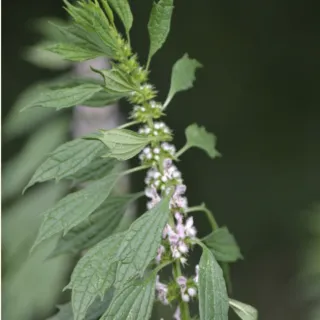
Unit Eleven: Chasteberry
Welcome to month eleven of your People's Medicine Course (the home stretch)! Unless you have consulted an herbalist, chances are, you have not encountered Vitex Agnus-castus (aka Chasteberry, aka Monk's Pepper). In your book, it will also mention related subspecies used in Asia for the same purposes, as well as for different ones. But we are sticking to Agnus castus for this month.
Vitex will always enable what is appropriate to occur."- David Hoffman
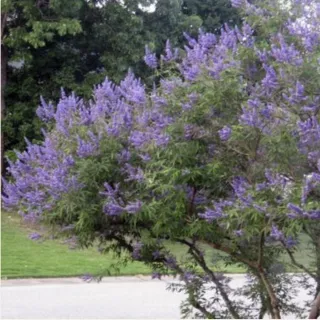
Unit Twelve: Elder (Berry, Flower, Leaf)
We have an amazing plant ally for you this month: Elder! Many people know Elderberry (because thy have had a syrup), but did you know that Elder flower is also a medicinal and used for food/beverage?
This month we meet Elder in two species of Sambucus: nigra and canadensis.
"If the medicinal properties of its leaves, bark and berries were fully known, I cannot tell what our countryman could ail for which he might not fetch a remedy from every hedge, either for sickness, or wounds."- John Evelyn
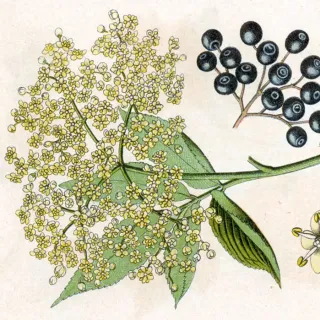
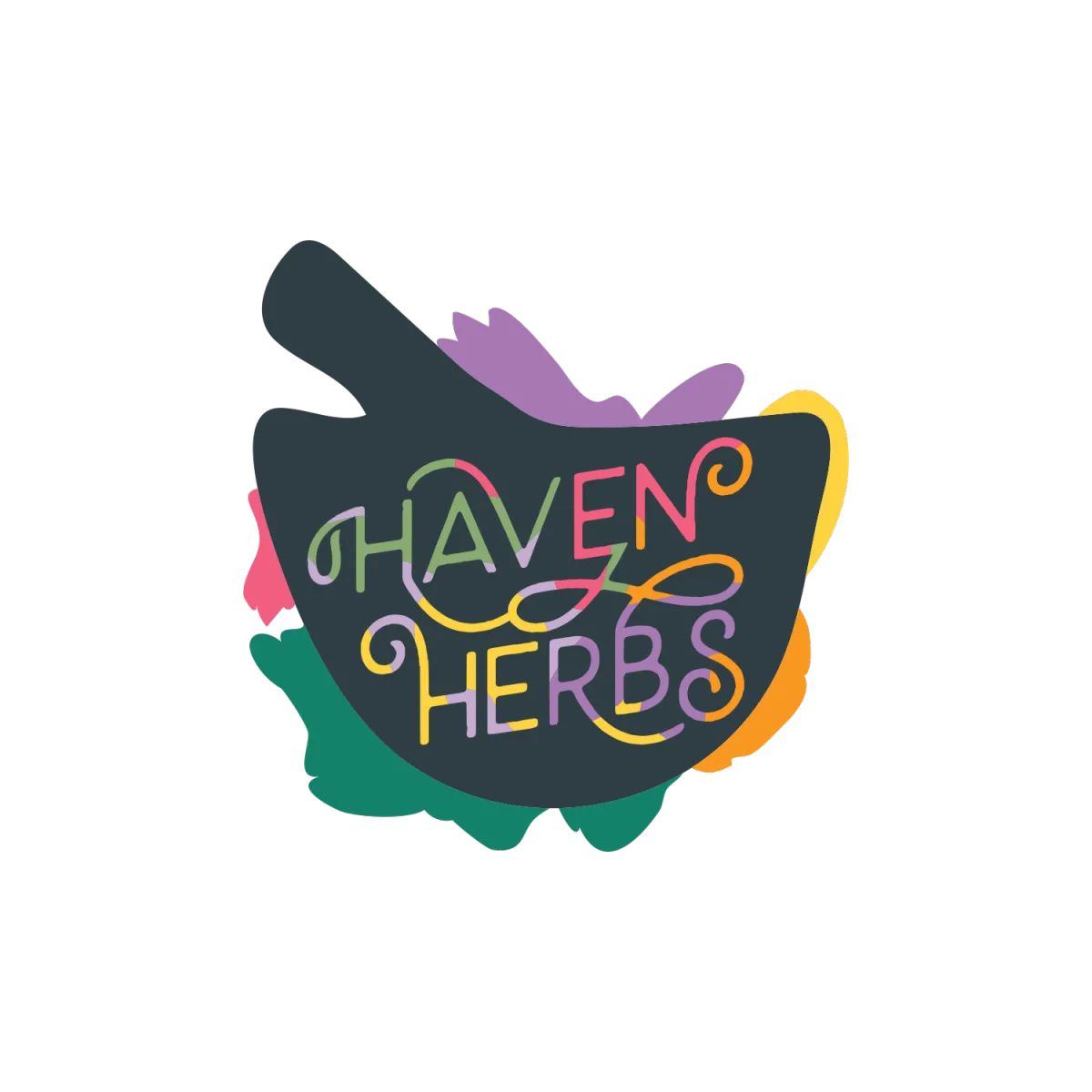
FOLLOW US
Join my email list
Copyright 2025. Haven Herbs. All Rights Reserved.
